Category Archives: Languages/Linguistic curiosities
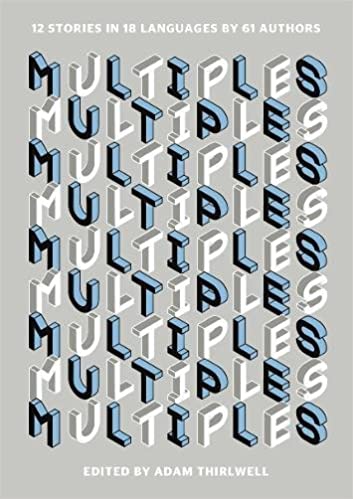
“Multiples”, 12 short stories in 18 languages by 61 authors, a captivating experiment in translated literature
by Pisana Ferrari – cApStAn Ambassador to the Global Village “Multiples”, is an anthology of multiple translations edited by world-acclaimed British novelist Adam Thirlwell and published in 2013. Thirlwell chose 12 stories, written in Danish, Spanish, Dutch, Japanese, German, Arabic, Russian, Serbo-Croat, Italian, Hungarian and English, and asked the sixty-one writers who accepted to take …
Read More
How rap and Frozen2 are helping revive the endangered Sami languages
by Pisana Ferrari – cApStAn Ambassador to the Global Village 35-year old rapper Mikkâl Antti Morottaj, aka Amoc, is quite a celebrity in his home country, Finland. He says that through his music he is doing his part in helping to preserve the language and culture of the endangered Inari Sámi language, estimated to have only …
“How rap and Frozen2 are helping revive the endangered Sami languages”
Read More
The odd semantics of Belgium’s machine gun (mitraillette) sandwiches, aka américains
by Pisana Ferrari – cApStAn Ambassador to the Global Village A mitraillette (French word for machine gun) is a type of sandwich commonly served at friteries and cafés in Belgium. The food editor of Taste Atlas says that the name comes from the fact that the baguette bread, on account of its elongated shape, can metaphorically …
“The odd semantics of Belgium’s machine gun (mitraillette) sandwiches, aka américains”
Read More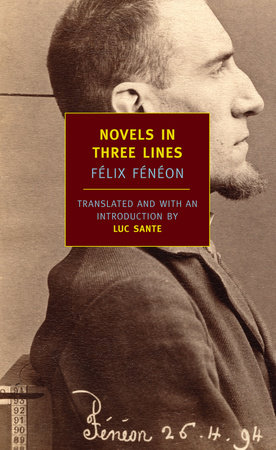
Félix Fénéon’s three-line “nouvelles”, an experiment in haiku journalism and insightful snapshot of life in the “Belle Epoque”
by Pisana Ferrari – cApStAn Ambassador to the Global Village Félix Fénéon (1861-1944), was a writer, journalist, art critic, art dealer and publisher who “shook up the world of literature” in the early 1900s by inventing a new literary genre: the “news in three lines.” (1) Fénéon was employed by the the French daily Le …
Read More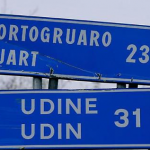
What makes a language a language?
by Roberta Lizzi – Senior project manager, external human resources director @cApStAn In the framework of an international assessment study, PISA, some years ago I was asked to verify the Italian version of the Home Questionnaire, aimed at collecting background information about the parents of the tested students. One of the questions asked which language(s) …
“What makes a language a language?”
Read More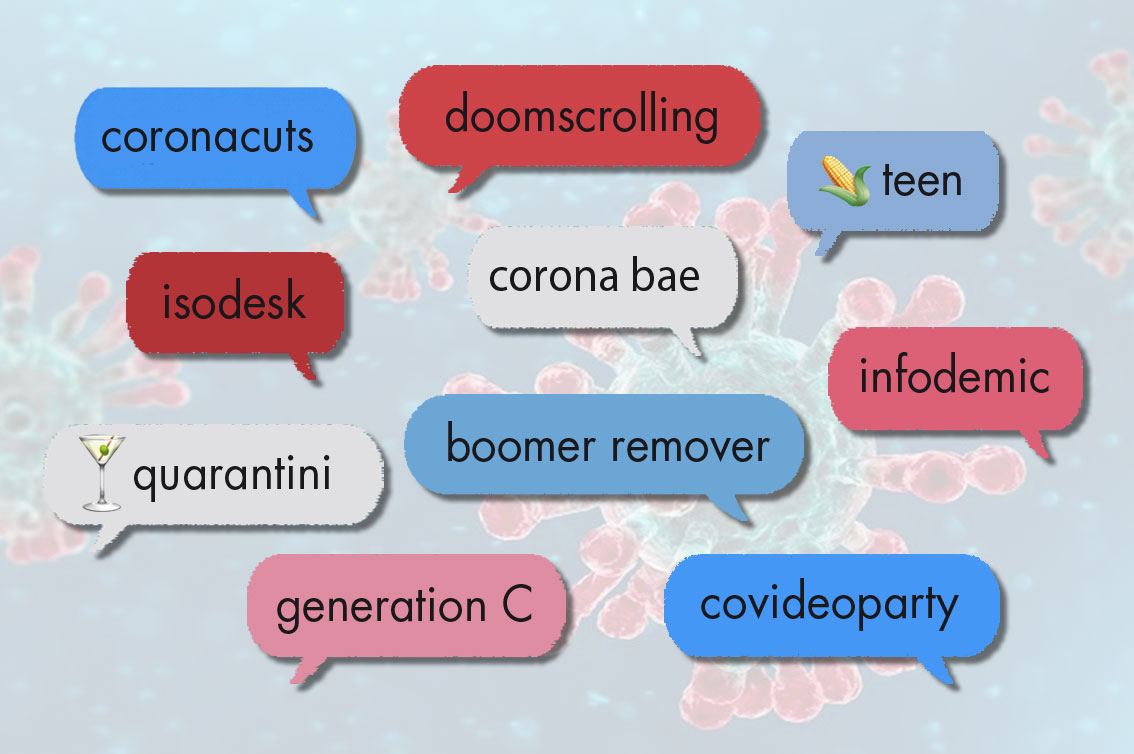
The new forms of living, working and socializing during the current pandemic have engendered a crop of neologisms
by Pisana Ferrari – cApStAn Ambassador to the Global Village Tired of the corona infodemic and endless doomscrolling? Take a break, join a covideoparty and chill out with a quarantini …🍸 New words and phrases such as these are popping up practically every day, not to mention the thousands of memes, puns, jokes and videos …
Read More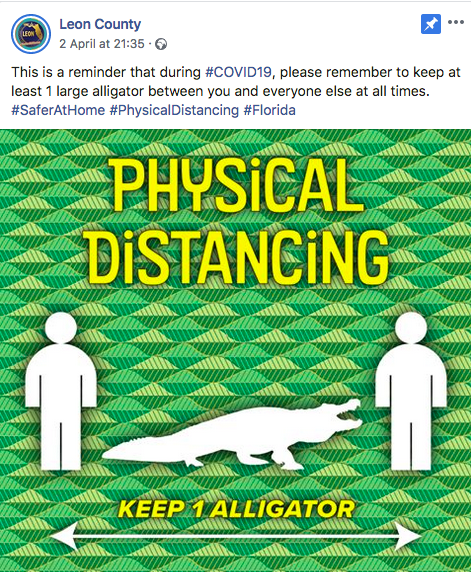
In the current health crisis accurately describing what we are asking of people is crucial: why the term “social distancing” should be changed
by Pisana Ferrari – cApStAn Ambassador to the Global Village A Florida county is reminding people to maintain a distance of at least one alligator between each other, and a jounalist for CNN suggests imagining the safety distance as the length of two golden retrievers, the width of an average sedan, a sofa, a dining …
Read More
Scientists have a new theory about why languages don’t all have the same number of terms for colours
by Pisana Ferrari – cApStAn Ambassador to the Global Village Recent research by Ted Gibson, Professor of Cognitive Science at the MIT, and Bevil R. Conway, Investigator at the National Eye Institute’s Sensation, Cognition, Action Unit, NIH, aimed to understand why cultures vary so much in their color word usage. People with standard vision can …
Read More
Corporatespeak, a cryptic dialect to sound smarter or an interesting reflection of the economic metaphors of its day?
Pisana Ferrari – cApStAn Ambassador to the Global Village Molly Young is the literary critic for New York magazine and a contributing writer at the New York Times Magazine. In a recent article about corporatespeak she provides interesting insights about the evolution of this language and how it relates to the developments in technology and …
Read More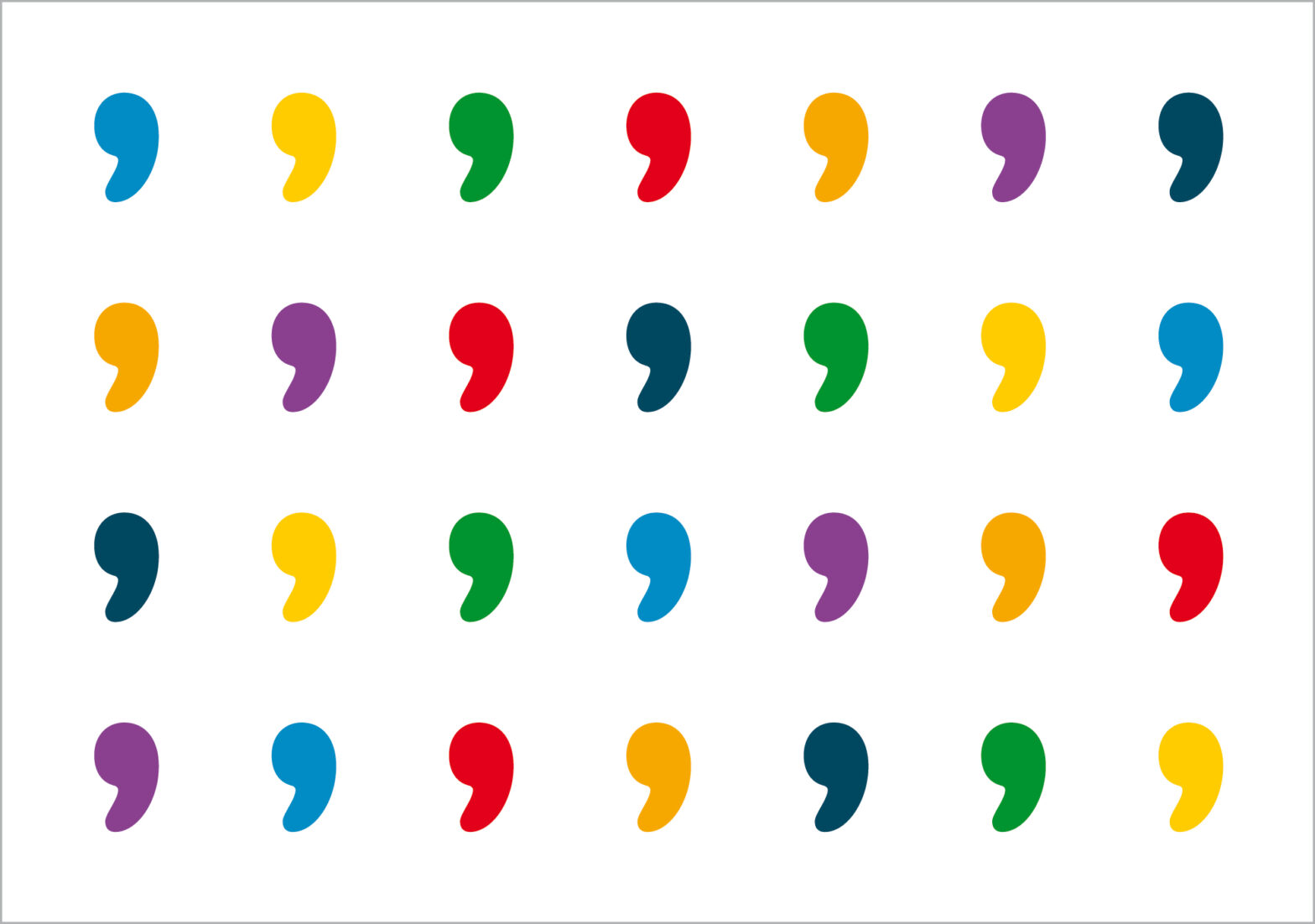
Is the apostrophe doomed to die? As language and norms evolve the future of this punctuation mark looks bleak
by Pisana Ferrari – cApStAn Ambassador to the Global Village Apostrophes are said to date back to the early 16th century and originally served to signal that something had been removed from a word. During the 17th and 18th centuries they began to be used to indicate the genitive (possessive) role of a noun. Language …
Read More
Skirting online censorship in China by “translating” a banned article into Morse, hexadecimal code, emoji and elvish language
Pisana Ferrari – cApStAn Ambassador to the Global Village People across China have been very creative in past weeks in finding ways to get around the ban on an article that was critical of how the government handled the coronavirus epidemic. The article, written by Ai Fen, director of the emergency department at a hospital …
Read More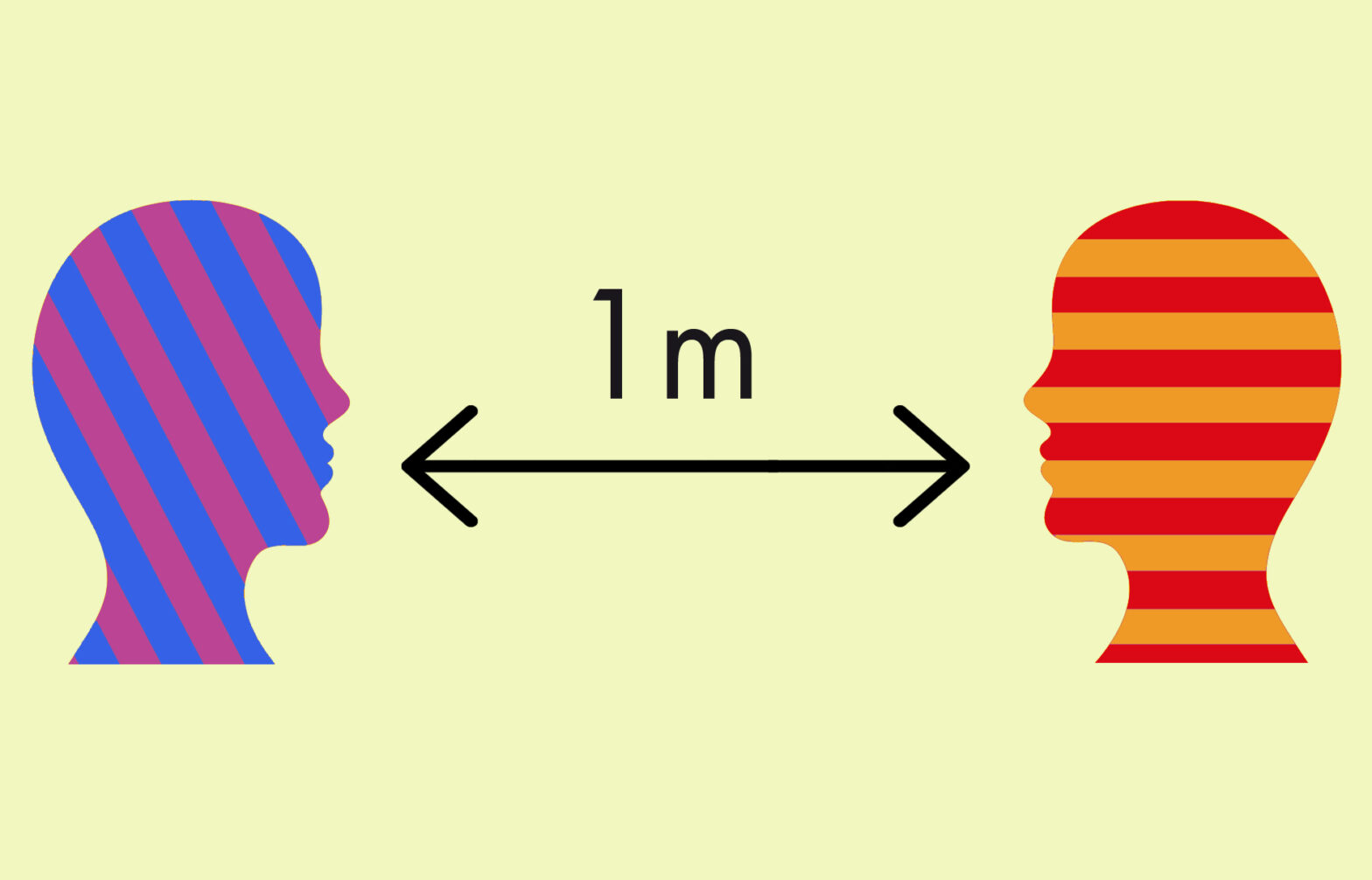
From “social distancing” and “fomites” to “boomer remover”: new coronavirus-related terms are entering the lexicon
by Pisana Ferrari – cApStAn Ambassador to the Global Village “Two of the most widely felt symptoms of the coronavirus are uncertainty and confusion, and part of this is about jargon”, says the author of a recent article in Time. Since the start of the epidemic “the news is a whirl of unfamiliar words”, starting …
Read More